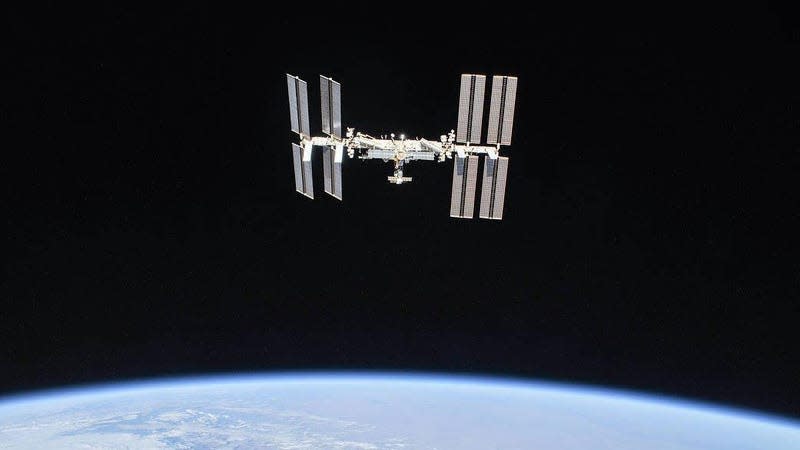Building a Spacecraft to Deorbit ISS 'Not Optional,' Claims NASA Safety Panel

The ISS is set to retire in 2030.
A safety panel highlighted the urgency of safely deorbiting the International Space Station (ISS) after it retires in 2030, warning of a catastrophe if the spacecraft were to make an uncontrolled reentry through Earth’s atmosphere.
NASA’s Aerospace Safety Advisory Panel (ASAP) urged the space agency to develop a space tug to deorbit the ISS, saying that the deorbit vehicle is “not optional,” according to Space Policy Online.
Read more
Dwight Howard has essentially come out — and almost no one is talking about it
F1 Television Camera Helicopter Hit By National Anthem Fireworks At U.S. Grand Prix
Amouranth’s Latest Business Venture Will Drive Her Haters To Drink
In response, Sanders noted that NASA will have to make “difficult choices” if Congress were to cut its funding while emphasizing that the deorbit vehicle is one of the “few areas that are not discretionary,” Space Police Online reported. In October of last year, ASAP also urged NASA to develop a deorbit plan for the ISS that can be immediately executed in case there is an emergency.
The ISS measures 357 feet (108 meters) across, which is the size of a football field. If it were left to deorbit uncontrollably, it could pose a major risk if it were to reenter and fall on populated areas below.
In 1979, the United States’ first space station Skylab descended towards Earth in an uncontrolled reentry that saw parts of it land on populated areas in western Australia. Engineers were attempting to steer the space station towards reentry in the Indian Ocean, but some fragments still made their way onto land.
Later in 1991, the Soviet Union’s Salyut 7 space station also made an uncontrolled tumble towards Earth, breaking up over Argentina. Luckily, no one was injured in both incidents, but they serve as a reminder of the damage that could ensue if the space station was left to come back down to Earth on its own.
For more spaceflight in your life, follow us on X (formerly Twitter) and bookmark Gizmodo’s dedicated Spaceflight page.
More from Gizmodo
Disney Dreamlight Valley Community Divided After Latest Announcement
What Happened Between Kanye and Adidas Was Ugly, According to An Investigation By The NYT
Scoot Henderson didn’t look like he spent the past 2 years prepping for the NBA
Sign up for Gizmodo's Newsletter. For the latest news, Facebook, Twitter and Instagram.

